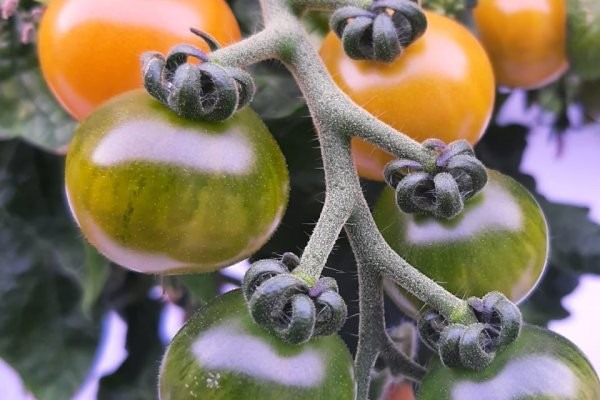The fourth edition of the Autonomous Greenhouse Challenge will start this spring. In the first phase, AI and horticulture experts grow a virtual crop, namely dwarf tomatoes. This autumn, the best five teams will have their own greenhouse compartment in Bleiswijk, The Netherlands, to put their knowledge into practice. For the virtual part of the challenge, teams use a crop model that simulates how the crop responds to, for example, temperature and light. Researcher Georgios Ntakos, Greenhouse Horticulture and Flower Bulbs Business Unit of Wageningen University & Research: "I like bringing science into practice."
Teams consisting of computer scientists and horticultural experts participate in the Autonomous Greenhouse Challenge: each team consists of at least 3 members, of which at least 1 is a student. The teams are challenged to achieve the best possible production in a sustainable and profitable way by seamlessly incorporating smart systems. In this way, WUR stimulates the development of the autonomous greenhouses.

In the first part, the teams have to grow a crop virtually. To do this, they can use a crop growth model, which predicts how a crop responds to conditions in the greenhouse. For example, teams can decide to change the greenhouse temperature or light setpoints.
A crop model has been developed in recent years for various crops, such as cucumbers and tomatoes in high-wire cultivation. Such a model did not yet exist for the dwarf tomato: Ntakos and his colleagues were able to use existing models and knowledge. In addition, crop trial was carried out in the WUR greenhouses in Bleiswijk.
The model incorporates various parameters linked to the crop growth mechanisms and thus can be used to simulate crop development and production. While certain aspects are comparable to other crops—such as the photosynthesis—differences exist. Dwarf tomatoes grow to a certain size and then initiate flowering and fruit set while in high-wire, the crop is both vegetative and generative during the majority of the growth season.
The Autonomous Greenhouse Challenge is the reason for the development of the crop model for the dwarf tomato. But the model can now be used by both and practitioners. Ntakos: "The crop model will be a scientific tool that can help growers make even better cultivation decisions."
Source: wur.nl
